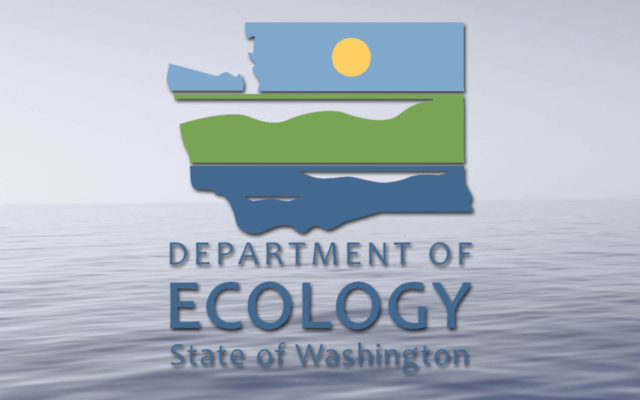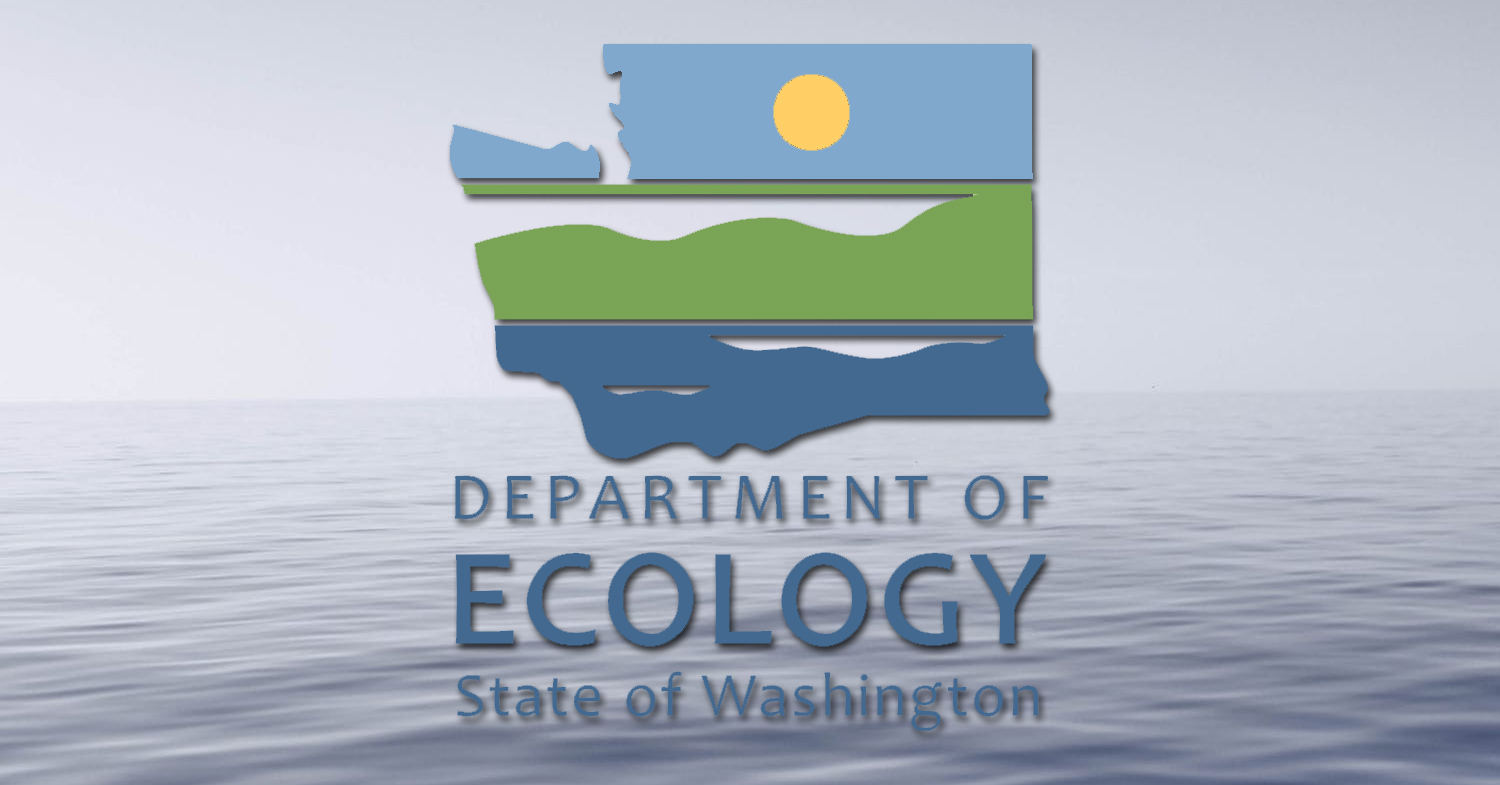Grant applications being accepted for flood-hazard planning


The Washington State Department of Ecology announced that as Washington responds to record-setting drought conditions across most of the state, they are working to help local communities prepare for another natural disaster: flooding.
According to the department, the costs of flooding in Washington exceed all other natural hazards. They stated that in any given year, there is a better than 80% chance that 10 or more flood events will occur, and the frequency of floods could increase as the climate changes.
The state Flood Control Assistance Account is set up to help local and tribal governments plan for and reduce their flood risks. After a 12-year funding absence, state lawmakers restored Flood Control Assistance Account Program (FCAAP) funding to Ecology’s two-year budget.
“We know preparing for and avoiding flood damages is particularly important because storms are increasing in strength and frequency and sea levels are rising. Responding to a flood emergency often costs four to seven times more than investing in preventative measures, which save $6 for every $1 spent.”
On Aug. 3, DOE will begin soliciting grant applications from local and tribal governments for $1.5 million in FCAAP funding to help communities develop comprehensive flood-hazard management plans to prepare for and reduce flood risks.
“Since local and tribal governments lead flood hazard reduction efforts in their communities, these activities directly benefit residents and businesses located in or near flood hazard areas.”
The focus of the funding, according to officials, will be to help under-served communities and economically disadvantaged areas. Although there is no maximum award amount, they anticipate grant amounts to individual communities will not exceed $250,000 to develop a local flood-hazard management plan.
The recent lack of flood planning funds has disproportionately impacted economically-distressed rural communities. Emerging research shows Latino and tribal communities are more exposed to flooding. For example, research estimates while Latino residents make up 8% of Washington’s total population, they comprise 16% of those living in flood zones.
Tribal communities employ more than 37,000 state residents and generate $5.7 billion to Washington’s economy. They also occupy flood risk areas that would directly benefit from flood planning. Updated flood plans that sustain and enhance salmon habitat also help address tribal treaty rights.
How flood hazard management plans help
Flood hazard management plans help communities:
- Develop or update strategies and projects to reduce flood risks while restoring salmon habitat, protecting agricultural lands, and providing other benefits.
- Raise community awareness about local flood hazards.
- Better assess local flood and climate risks.
- Identify resilient building strategies.
- Review and update zoning and land-use options to keep people and infrastructure safe from flood hazards.
- Flood planning helps keep people and properties out of harm’s way and reduces economic losses for communities and the state. Integrated flood planning also helps preserve and protect salmon and important habitat areas.
These plans help lower flood risks for local roads, bridges, and utilities while protecting the value of public and private property.
“Finally, communities completing flood plans will be in a better position to compete for federal and other state grants to build better flood resiliency.”
Visit the FCAAP website for more information.
You Might Also Like



